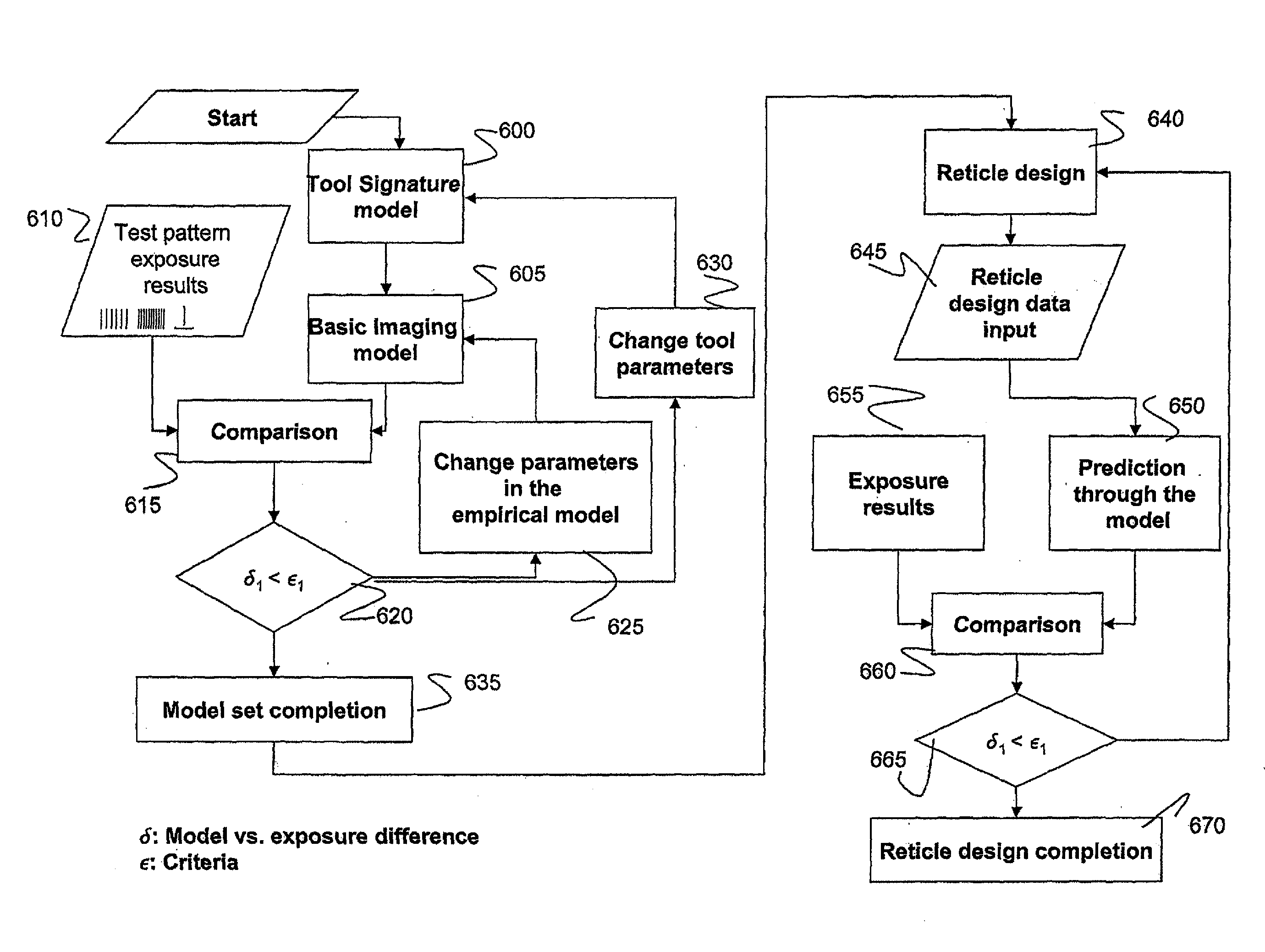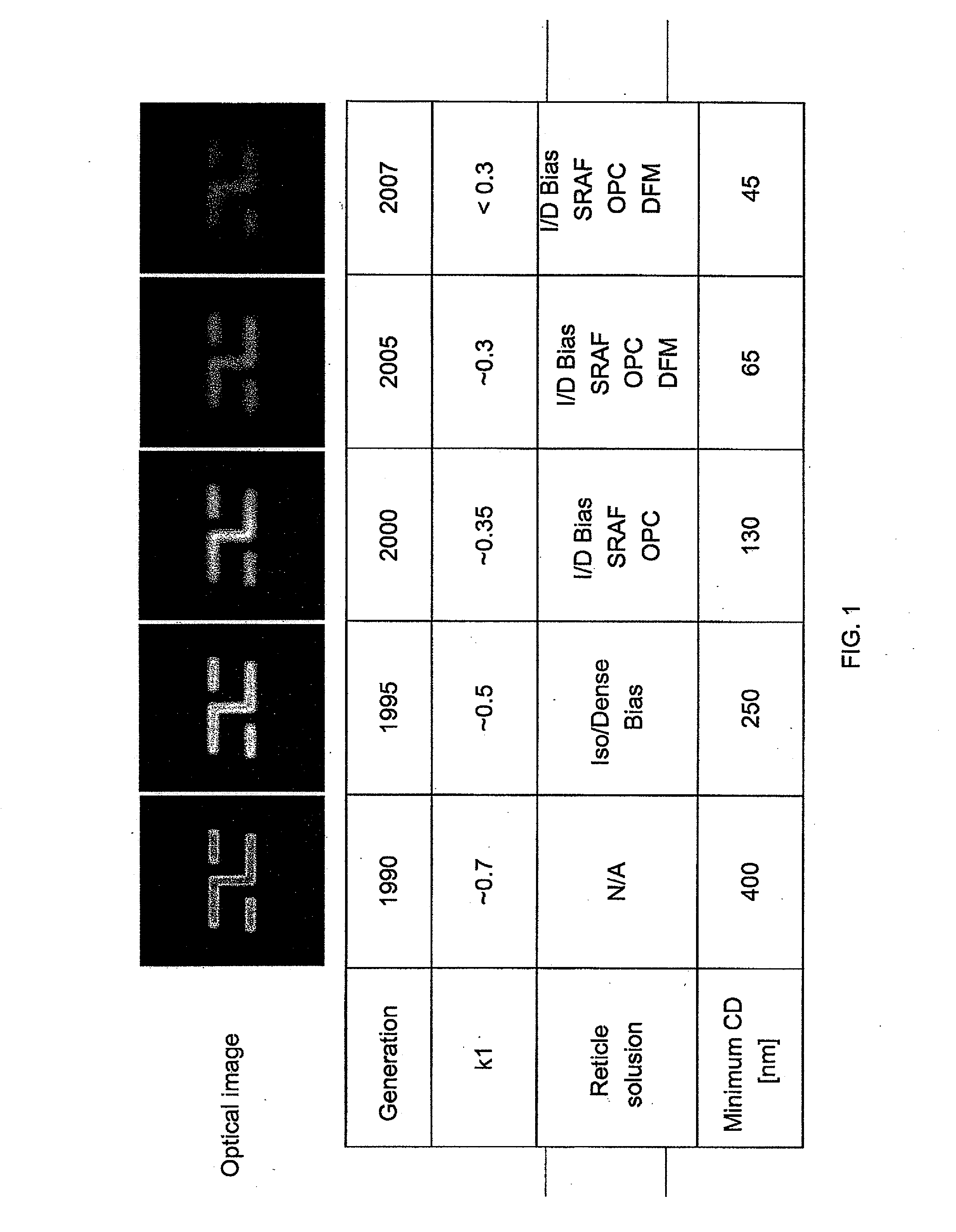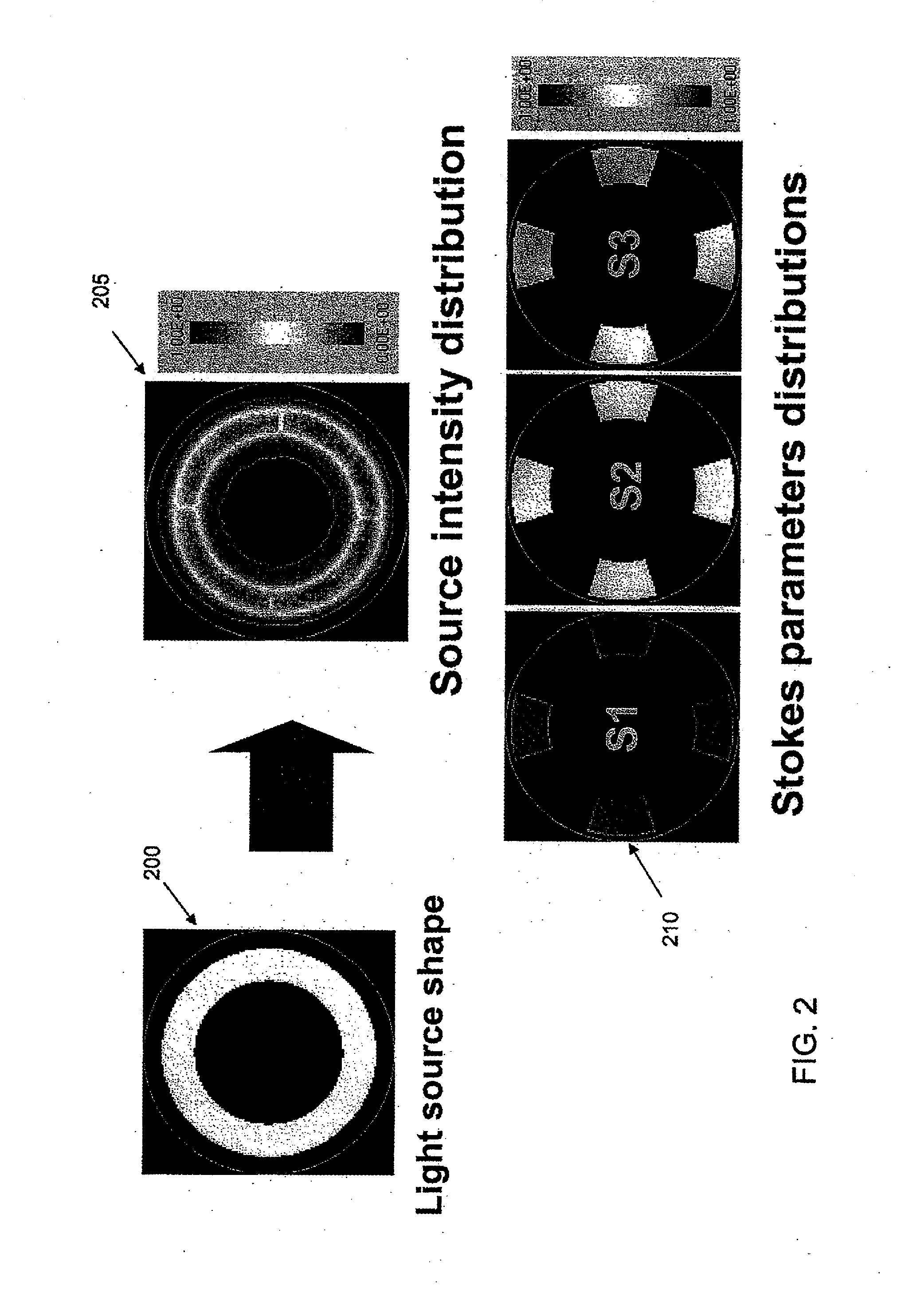Scanner Based Optical Proximity Correction System and Method of Use
a scanner and optical proximity technology, applied in the field of optical proximity correction (opc) system and method of use, can solve the problems of inability to produce finer circuit patterns in newer generation technologies,
- Summary
- Abstract
- Description
- Claims
- Application Information
AI Technical Summary
Problems solved by technology
Method used
Image
Examples
Embodiment Construction
[0031]The invention generally relates to a scanner based optical proximity correction (OPC) system and method of use. In embodiments, the present invention utilizes lithography simulation and OPC models to improve critical dimension (CD) performance of integrated circuits. In preferred embodiments, the OPC models implementing the techniques described herein will improve CD performance of integrated circuits for 45 nm CD and below. The present invention can be implemented for any tool such as a scanner or a full field stepper.
[0032]To achieve nanometer level CD control with fast turnaround time, the system and method of the invention uses more than just traditional input parameters such as lithography dose, defocus, light source type and lens parameters. For example, the simulation and modeling inputs of the invention include immersion effects, spectral bandwidth and chromatic aberrations, polarization impacts, global and local flare, wavefront aberrations, scan synchronization effec...
PUM
 Login to view more
Login to view more Abstract
Description
Claims
Application Information
 Login to view more
Login to view more - R&D Engineer
- R&D Manager
- IP Professional
- Industry Leading Data Capabilities
- Powerful AI technology
- Patent DNA Extraction
Browse by: Latest US Patents, China's latest patents, Technical Efficacy Thesaurus, Application Domain, Technology Topic.
© 2024 PatSnap. All rights reserved.Legal|Privacy policy|Modern Slavery Act Transparency Statement|Sitemap



